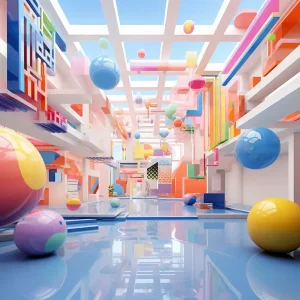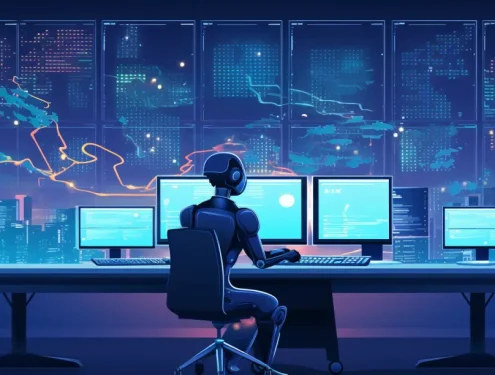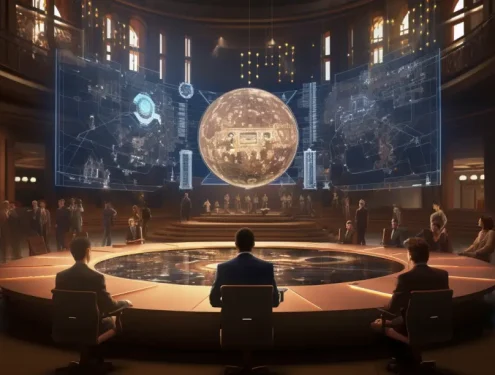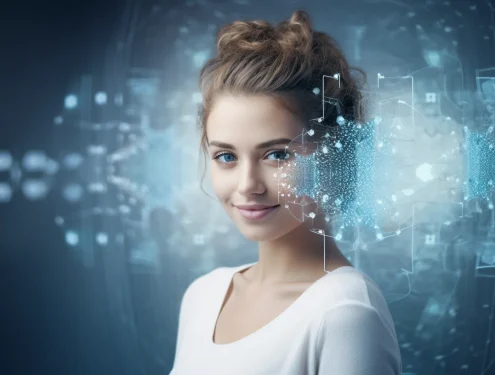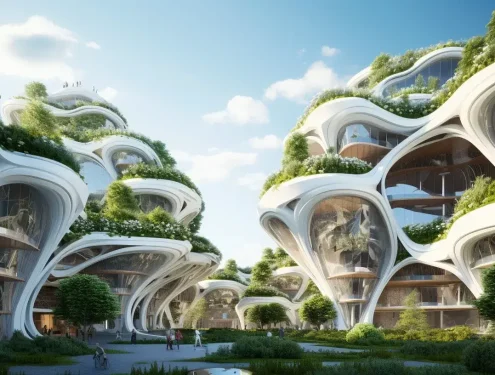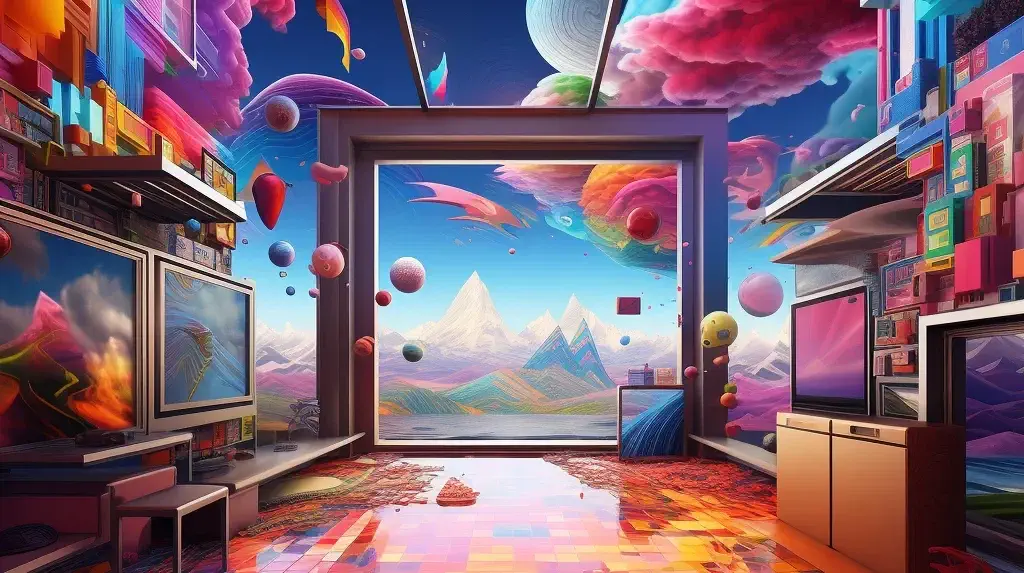
AI and the Art Market: Transforming Valuation changing the way we perceive, create, and value art
AI and the art have a long and complex relationship, with one often influencing the other. The advent of Artificial Intelligence is now poised to revolutionize the art world, from the creation of artworks to their valuation and preservation. In this article, we’ll explore how AI is making its mark on the art market and how three remarkable AI tools are changing the way we perceive, create, and value art.
The Evolution of AI and the Art
Artificial Intelligence is not a stranger to the art world. It has been used in various capacities for years, but recent advancements in machine learning and deep neural networks have pushed its capabilities to new heights. Here are some of the ways AI is impacting the art market:
Artistic Creation
AI can autonomously generate art, sometimes indistinguishable from human-made pieces. Tools like deep learning algorithms can analyze vast datasets of paintings, sculptures, and other artworks to create original pieces inspired by the styles of famous artists. For instance, the “Portrait of Edmond de Belamy” created by the AI algorithm known as Generative Adversarial Networks (GANs) sold at auction for $432,500 in 2018.
Art Authentication
The art world has struggled with forgery and authentication issues for centuries. AI can assist in verifying the authenticity of artworks by analyzing various attributes, such as brushstrokes, materials, and provenance. Tools like “Authenticity.ai” use AI algorithms to help art experts and collectors in this process.
Art Recommendation and Curation
AI-powered recommendation systems are changing the way people discover art. Similar to how Netflix recommends movies or Spotify suggests music, AI can analyze a person’s preferences and suggest artworks they might enjoy. The “Artland” platform, for example, uses AI to create personalized art recommendations for collectors and enthusiasts.
Art Market Analysis
AI tools can process vast amounts of data to provide insights into market trends, pricing strategies, and investment opportunities. These tools enable galleries, collectors, and investors to make informed decisions. “ArtRatio” is an example of a tool that uses AI to provide real-time environmental and security monitoring for artworks.
The Impact on Artists
Artists themselves are benefiting from AI tools that enhance their creative processes. These tools can:
Inspire Creativity
AI can suggest novel ideas, styles, and techniques that artists might not have considered on their own. It serves as a collaborator, offering fresh perspectives and pushing creative boundaries.
Efficient Workflow
AI can automate repetitive tasks, such as color correction and background removal, allowing artists to focus more on the core creative process. Tools like “Runway ML” make it easy for artists to integrate AI into their workflow.
Artistic Experimentation
AI enables artists to experiment with styles and mediums they may not have explored otherwise. This can lead to innovative and boundary-pushing artworks.
The Changing Landscape of Valuation
Valuing art has traditionally been a subjective process, relying heavily on experts’ opinions and market trends. AI is introducing objectivity and data-driven methodologies to this aspect of the art world:
Predictive Pricing
AI can analyze historical sales data, artist reputation, and various market indicators to predict the future value of an artwork. “Artsy” is an online platform that uses AI to provide price estimates for artworks.
Risk Assessment
AI can help investors and collectors assess the risks associated with an artwork’s value. It considers factors like the artist’s career trajectory, market volatility, and historical performance to determine investment potential.
Market Transparency
AI tools provide transparency in the art market by tracking sales, provenance, and ownership history. This can reduce the risk of art fraud and increase trust among buyers and sellers.
Ethical Considerations of AI and the Art
As AI continues to permeate the art world, ethical questions arise:
Authenticity and Originality
As AI generates art, questions about the authenticity and originality of AI-created pieces emerge. Should they be considered genuine artworks, and if so, who owns the rights to them?
Job Displacement
The use of AI tools for artistic tasks raises concerns about job displacement among artists and art professionals. However, proponents argue that AI can enhance the creative process and offer new career opportunities.
Bias and Fairness
AI algorithms can inherit biases present in the training data, potentially leading to biased recommendations or valuations. Ensuring fairness and transparency in AI art tools is an ongoing challenge.
Conclusion of AI and the Art Market
AI is ushering in a new era in the art market, impacting artists, collectors, investors, and the general public. It is transforming the way art is created, authenticated, valued, and shared. While ethical concerns persist, AI’s influence on the art world is undeniable, offering unprecedented opportunities for creativity, innovation, and market analysis. As AI technology continues to evolve, the art market will likely see even more profound changes in the years to come, challenging traditional notions of art and its value.


